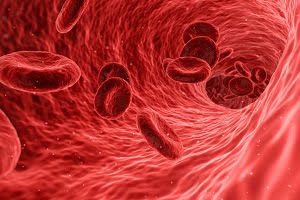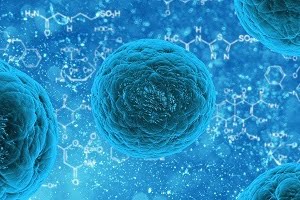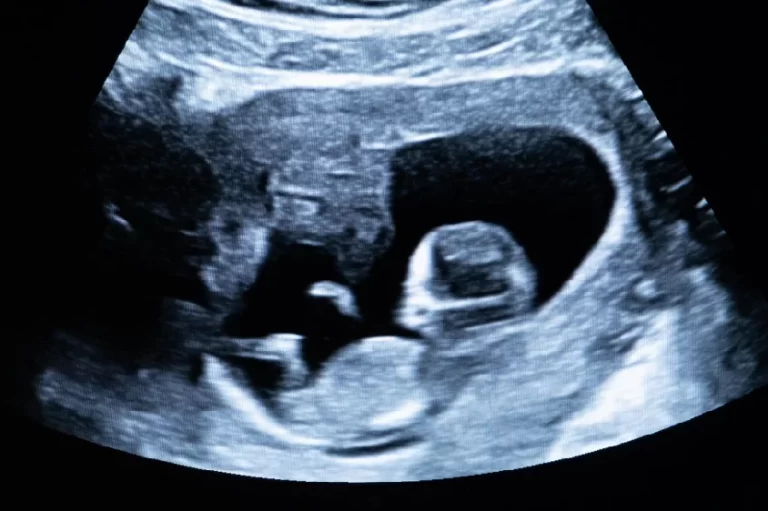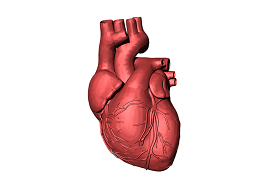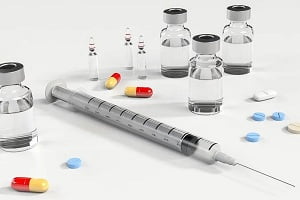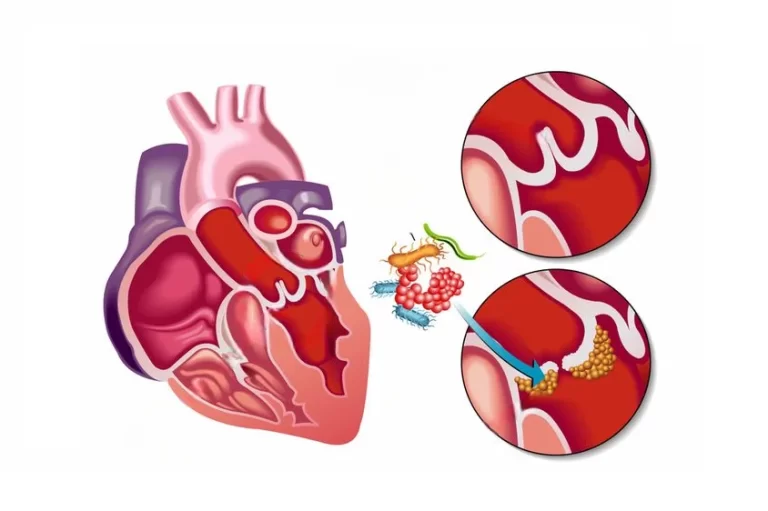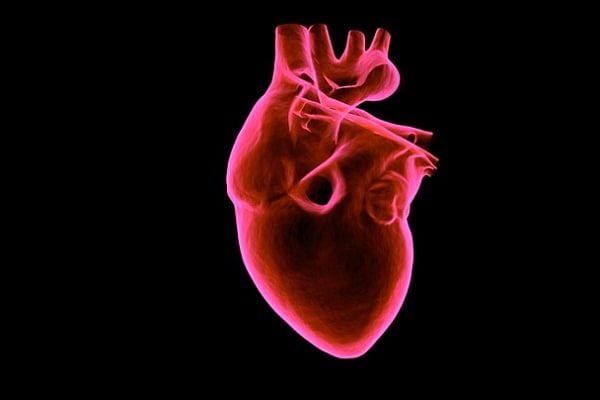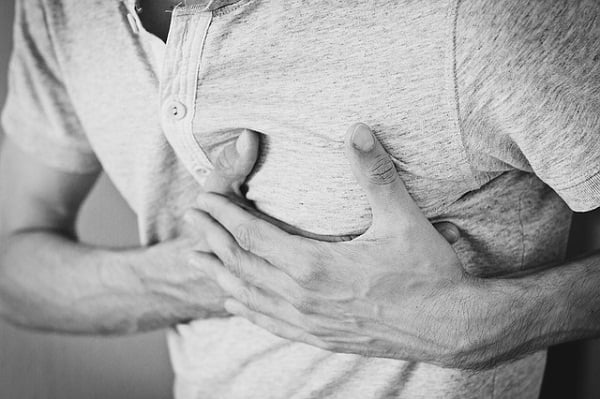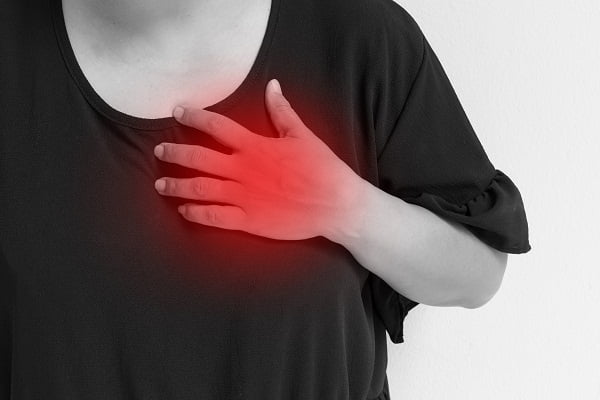Browsing: Heart

The page provides quick access to a list of common heart diseases, syndromes, health conditions, and other topics of health importance about your heart. The list is organized alphabetically. Links are provided to respective diseases sections that serve as a comprehensive and ultimate guide about the disease or health condition.
Our heart is the most sophisticated working muscle in the body. A heart beats about 100,000 times in a day. It continuously supplies oxygen and nutrients throughout the body. The heart also pumps blood to expel waste products such as carbon dioxide to the lungs, which has to be eliminated from our body.
Proper heart function is highly essential to support life. There are many types of heart diseases that can occur if the heart does not function properly or if any other organ, influencing the heart, does not function efficiently. Most heart diseases are lifelong conditions, and if experienced once, they can create problems throughout your life and sometimes can be a cause of death.
The Centers for Disease Control (CDC) states that heart disease is one of the leading causes of death in the United Kingdom, United States, Canada, and Australia. In the US, one in every four deaths occurs due to a heart disease.
Some of the common heart diseases and heart conditions are coronary heart disease, enlarged heart, heart attack, irregular heart rhythm, tachycardia, atrial fibrillation, congenital heart diseases, heart attack and hypertension. In the United States, the most common type of heart disease is coronary artery disease (CAD).
Life Threatening Infections of Bones due to Peripheral Vascular Disease
Peripheral vascular or arterial disease reduces body’s healing response and contributes to chronically open wounds, bone infections, and osteomyelitis, which may be life-threatening. Symptoms and signs of bone infection often appear gradually in adults.
Malignant pericardial effusion is a serious manifestation in advanced cancers like lung cancer, breast cancer, melanoma, and hematological melagnancies such as leukemia, non-Hodgkin’s lymphoma and Hodgkin’s lymphoma. It is characterized by cancers which cause extra fluid or blood to collect inside the pericardium.
Fetal VSD Ultrasound
Detection of fetal VSD is done by cardiac ultrasound performed between 18 and 22 weeks of pregnancy. Sound waves (ultrasound) are used in this test to produce a moving image of the heart. The test helps doctors to see abnormalities in a baby’s blood flow and heartbeat.
What Are the Chances of Surviving Endocarditis?
Endocarditis Endocarditis or infective endocarditis is an inflammation of the heart valves and endocardium (inner lining of the heart chambers)…
Drug abuse is one of the major factors for infective endocarditis and patients who suffer from drug abuse infective endocarditis (DA-IE) have significant morbidity and mortality. Centers for Disease Control and Prevention suggest that the admissions for infective endocarditis in patients aged below 30 years with IVDA increased from 11% in 2008 to 27% in 2014.
Dermatologic Manifestations of Infective Endocarditis
Infective endocarditis (IE) is the inflammation of heart valves and endocardial wall due to various infections. It often presents a large number of dermatological manifestations like endocarditis rash, Osler’s nodes, Janeway lesions, cutaneous purpura etc. These manifestations may have an important prognostic role and can influence therapeutic decisions. Dermatologic examinations have been found to be important diagnostic methods in the presumptive diagnosis of the disease.
Many a times untreated VSD is diagnosed in adults and it may require surgery if it can cause a risk to the patient. In adults, VSD can be small, medium, or large in size with or without other complications such as pulmonary stenosis, pulmonary hypertension, or aortic regurgitation.
Heart Attack Symptoms in Men
Common signs and symptoms of heart attack in men Symptoms of heart attack (myocardial infarction) can vary from one individual…
Heart Attack Symptoms in Women
Recently, scientists have found that heart attack symptoms can be quite different for women than for men. The most important…
Low Blood Pressure Diet: How to Treat Low Blood Pressure With Food?
Low blood pressure diet includes all the beneficial foods that nourish the body and helps normalize the blood pressure. Regular use of this diet may also relieve low BP symptoms. The main aim of the diet is to revitalize the entire body with all the necessary nutrients.




